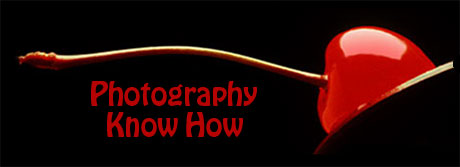The white balance feature on digital cameras is designed to correct for different kinds of light, such as sunlight, shade, indoor light, etc.
Each of these types of light have different variations of color temperature and the camera must correct for this.
Color Temperature is a measurement of the color of light. Even though our eyes see pretty much the same colors in most of the common kinds of light…such as daylight, indoor light, florescent light…these light sources are in fact quite different.


